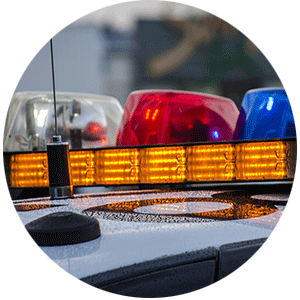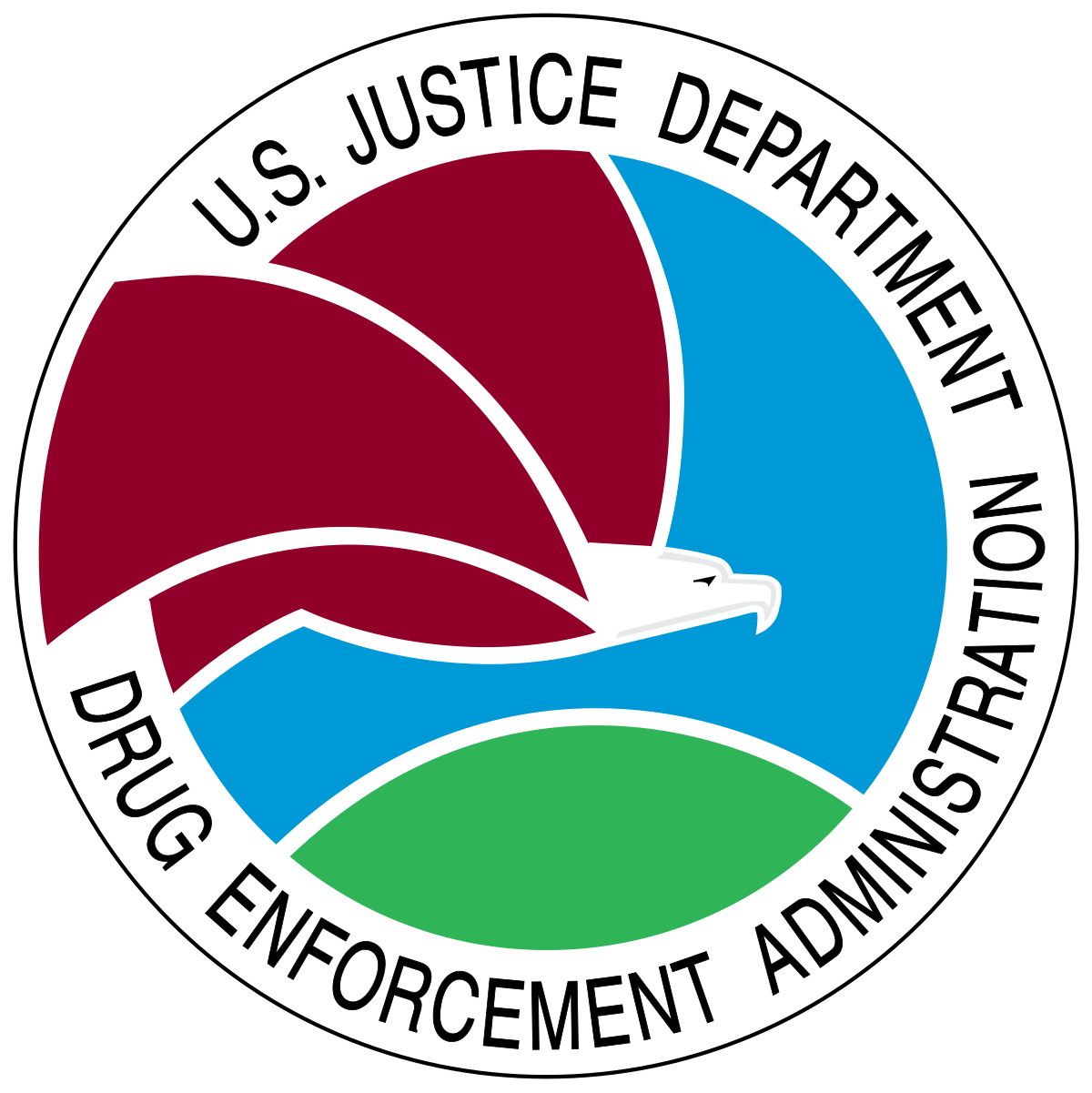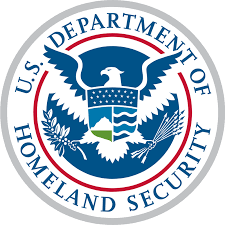Table of Contents |
In the United States, there are over 18,000 law enforcement agencies which operate at three levels—local, state, and federal. They each have different jurisdictions, structures, and duties, but they share the goal of maintaining law and order throughout the country. In this lesson, we’ll look at how these agencies operate throughout the U.S.
Local law enforcement agencies are the most prevalent and noticeable throughout the country. They serve cities and towns across the U.S., addressing the needs of their communities. These agencies include municipal police departments and county sheriff's offices.
Municipal police departments, which are responsible for policing their jurisdiction, operate at the city or town level.
EXAMPLE
The New York City Police Department (NYPD) and Los Angeles Police Department (LAPD) would be local law enforcement agencies. These departments are responsible for preventing crime and enforcing the law within their jurisdiction. They respond to calls, conduct investigations, patrol areas, and enforce appropriate laws (Morey, 2015). They are also responsible for enforcing traffic laws. They issue citations, investigate accidents, and enforce laws in cases involving people driving under the influence (DUIs). Furthermore, they also ensure the safety of people at large public events or protests (Policing at Protests, n.d.).
These departments are responsible for preventing crime and enforcing the law within their jurisdiction. They respond to calls, conduct investigations, patrol areas, and enforce appropriate laws (Morey, 2015). They are also responsible for enforcing traffic laws. They issue citations, investigate accidents, and enforce laws in cases involving people driving under the influence (DUIs). Furthermore, they also ensure the safety of people at large public events or protests (Policing at Protests, n.d.).
Aside from municipal police, sheriff’s departments also engage in local policing, but they do so at the county level. Sheriff’s departments are often responsible for providing law enforcement to rural areas that do not have a local police department.
Sheriffs are responsible for overseeing county jails, and also provide security for county courthouses, transporting individuals to and from court, and serving legal documents.
State law enforcement agencies, which operate across entire states, enforce state laws and support local agencies with resources, when needed. The two most common types are:
Highway patrol agencies focus on road safety and enforcing traffic laws. Highway patrol agencies enforce speed limits, investigate accidents, help motorists, and ensure compliance with traffic laws on state highways (Our Mission, 2022). They may also conduct DUI checkpoints to reduce traffic accidents related to alcohol or drug use. Additionally, they inspect commercial trucks to ensure compliance with weight limits, safety regulations, and licensing requirements.
Federal law enforcement agencies operate under the authority of the U.S. government, and they enforce federal laws across the country. The most important federal law enforcement agencies include:
| Seal | Description |
|---|---|

|
The Federal Bureau of Investigation (FBI) is the primary investigative division of the Department of Justice (DOJ) and is responsible for investigating federal crimes such as terrorism, cybercrime, organized crime, drug trafficking, and civil rights violations (Department of Justice, 2022). |

|
The Drug Enforcement Administration (DEA) enforces the country’s drug laws, primarily focused on combating the illegal drug trade, including drug manufacturing, distribution, and trafficking (DEA, n.d.). |

|
The Bureau of Alcohol, Tobacco, Firearms and Explosives (ATF) enforces federal laws related to firearms, explosives, arson, alcohol, and tobacco (Bureau of Alcohol, Tobacco, Firearms and Explosives, 2018). |

|
The Department of Homeland Security (DHS), which we discussed in detail in a previous lesson, oversees law enforcement agencies (like USSS, CBP, and ICE) responsible for protecting the U.S. from threats (Department of Homeland Security, 2023). |
A challenge for U.S. law enforcement is the need for coordination and collaboration across the different levels of government. These agencies often work together to investigate crimes that cross jurisdictional lines or involve different levels of law. Sometimes a crime begins in a local jurisdiction but turns into a larger investigation that requires state or federal involvement.
Many law enforcement agencies participate in joint task forces, where officers from local, state, and federal agencies work together on specific types of cases.
EXAMPLE
Joint Terrorism Task Forces (JTTFs) are led by the FBI, and they have representation from law enforcement agencies at all levels of government to investigate and prevent terrorism (Federal Bureau of Investigation, 2019).IN CONTEXT
How might different agencies interact or collaborate with each other? This can happen at all stages. Select the plus sign to see how.
Moreover, information sharing is necessary when there are investigations that involve multiple agencies. Databases such as the National Crime Information Center (NCIC), operated by the FBI, allow law enforcement across the country to share and access information on criminals, stolen property, and missing persons (The FBI’s National Crime Information Center, n.d.).
Source: THIS TUTORIAL WAS AUTHORED BY SOPHIA LEARNING. PLEASE SEE OUR TERMS OF USE
REFERENCES
Bureau of Alcohol, Tobacco, Firearms and Explosives. (2018). ATF Home Page | Bureau of Alcohol, Tobacco, Firearms and Explosives. Atf.gov. www.atf.gov/
DEA. (n.d.). Mission. www.dea.gov. www.dea.gov/about/mission
Department of Homeland Security. (2023, February 26). Mission. Department of Homeland Security. www.dhs.gov/mission
Department of Justice | Federal Bureau of Investigation | United States Department of Justice. (2022, December 6). www.justice.gov. www.justice.gov/doj/federal-bureau-investigation
Fact Sheet: “Constitutional Sheriffs” and Elections. (2022, October 5). States United Democracy Center. statesunited.org/resources/factsheet-constitutional-sheriff/
Federal Bureau of Investigation. (2019). Joint Terrorism Task Forces. Federal Bureau of Investigation. www.fbi.gov/investigate/terrorism/joint-terrorism-task-forces
Morey, T. (2015). 6.4. Levels of Policing and Role of Police. Pressbooks.pub; Pressbooks. openoregon.pressbooks.pub/ccj230/chapter/role-of-policing-in-the-united-states/
Our Mission. (2022). Ohio.gov. statepatrol.ohio.gov/about-us/our-mission
Policing At Protests: Best Practices | Protests & Public Safety: A Guide for Cities & Citizens. (n.d.). Constitutionalprotestguide.org. constitutionalprotestguide.org/policing-at-protests-best-practices/
The FBI’s National Crime Information Center. (n.d.). FBI. archives.fbi.gov/archives/news/testimony/the-fbis-national-crime-information-center
The Policy Circle. (2023). Understanding Law Enforcement. The Policy Circle. www.thepolicycircle.org/brief/understanding-law-enforcement/